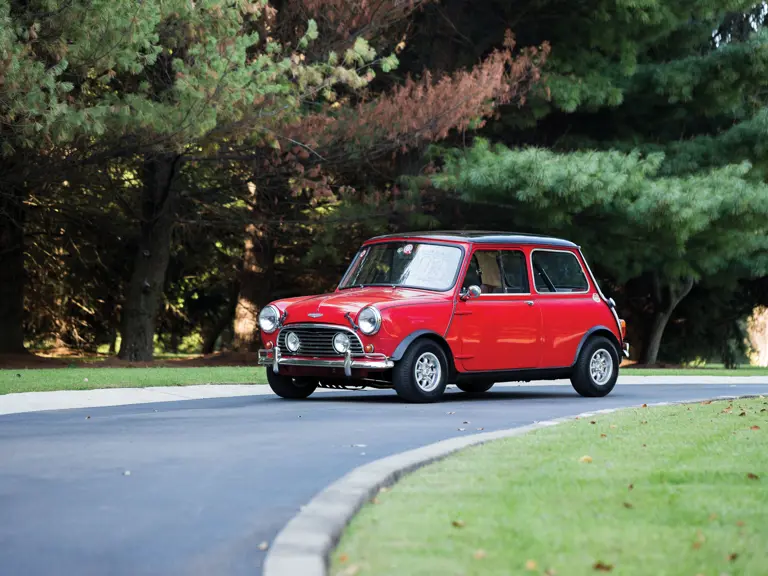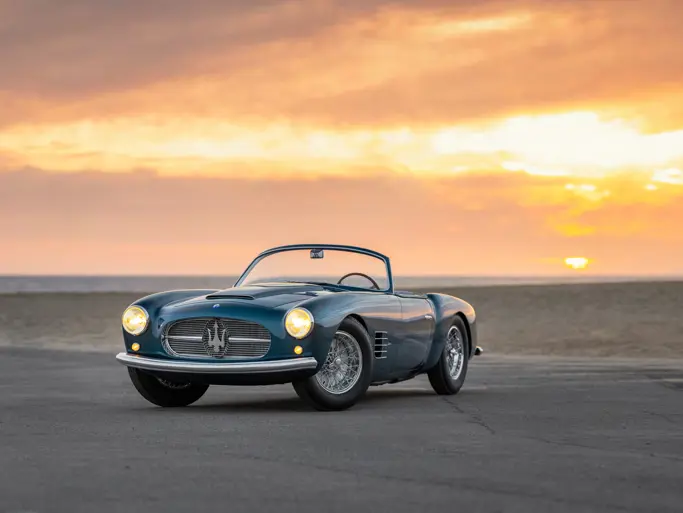 | Hilton Head Island, South Carolina
| Hilton Head Island, South Carolina
Alec Issigonis’s tiny Mini sedan can lay claim to being one of the most significant automobile designs of the 20th Century. The simple design broke all the rules, with its transverse-mounted, four-cylinder engine and front-wheel drive on a small, fun to operate platform. The Mini was made by the British Motor Corporation (BMC) and its successors from 1959 until 2000.
Its space-saving transverse engine front-wheel drive layout – allowing 80-percent of the area of the car's floorpan to be used for passengers and luggage – influenced a generation of car makers.
Costing only $1,340, the 1959 Mini also could manage 40-mpg when driven carefully. In one step, Issigonis had replaced every three-wheeled microcar, as well as every motorcycle and sidecar, with a real family sedan. It was a stroke of genius and eventually was instrumental in his knighthood.
Minis were originally badged as Austin Se7en and Morris Mini Minor, but soon they were just known as Minis. Their charm was in basic functionality – pull-string door openers, “bucket” door pockets, sliding windows, a shelf instead of a dashboard and a single big speedometer with integrated gas gauge in the center. The rear license plate swung down so the car could be driven with the trunklid open to handle larger objects. About 945,000 Mk I models were built from 1959 to 67.
This particular Mini is presented in red with a black leather interior; it also has a rollbar and Minilite-style wheels.





